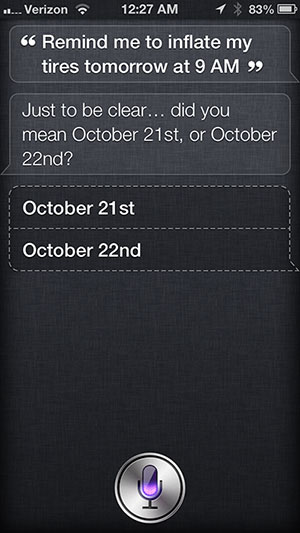It’s easy to take for granted just how good we have it as software makers selling on the internet. This is truly a unique period in human history with unprecedented commercial freedom. It bears celebration and recognition.
Let me count the ways I love thee, unregulated internet:
- Access to world markets: Out of the 195 countries recognized by the US state department, we have customers in 191. There are no import tariffs to pay. No customs to clear. No multitude of electrical standards to comply with. Heck, we don’t even need to translate our products.
- Direct sale to customers: There are no distributors and no retailers with their hand out to take a cut. And we, the makers, get to talk directly to our customers—not someone else with a million other products to sell and none of our expertise.
- Free tools and education: All the software we needed to build our business with was not only freely available off the internet, it came with a wealth of free education that would shame any university. Programming languages, database systems, web servers, load balancers, operating systems. It was all there for the taking.
- No capital requirements: We didn’t need offices or fax machines or secretaries to get going. We could rent all our computing needs for next to nothing until customers with cash in hand started using our services and taxing our servers. This meant basically “no money down!” and no need to go hat in hand begging banks or venture capitalists for money.
- Self promotion can build a brand: We didn’t have to either convince journalists to write about us or buy expensive ads to get our name out. We “just” had to be interesting! It might not be easy, but it’s generally free. Aggregators like Reddit, Hacker News, and retweets have accelerated this power even more so recently.
Compare these extraordinary freedoms with just about any other business in the world. Nobody has it as good or are as free as software makers selling via the internet.
All we needed was an idea for a product that people were willing to pay for and the skills to pull it off. Ideas are all around us and the skills are learnable by self study.
You really can create something from nothing.













